What is RTP in Casino And How Does It Work?
- Author:Palak Madan
- Read Time:14 Min
- Published:
- Last Update:April 30th, 2025

In this blog post, we will discuss RTP Casino games. Learn how Return to Player percentages impact player retention, game popularity, and overall revenue.
Are you looking for ways to boost player satisfaction and retention at your casino?
Understanding and leveraging RTP (Return To Player) could be it.
As an operator, mastering RTP isn’t just about compliance- it’s a tool for fine-tuning your game offerings and marketing strategies.
It can help you strike the right balance between profitability and player appeal. Finding the right white label casino software that upholds this balance is equally important.
Let’s dive into why casino RTP matters and how it can strengthen your bottom line.
| What’s the History Behind RTP? 💡
It all began in the late 19th century with the invention of the first slot machine, known as, the Liberty Bell, created by Charles Fey in 1895. |
What is Casino RTP?
RTP or Return To Player, suggests the percentage of wagered money a game is designed to pay back to players over time.
Expressed as a percentage, Return to Player is the opposite of the House Edge.
| What is House Edge? 💡
If a game’s RTP is 96%, the house edge is 4%. This means that the casino (house) expects to keep out $4 out of every $100 bet. |
Return to player percentage is based on millions of plays. It doesn’t tell you what will happen in a single game or a session.
Some casino players might win big, others might lose.
Here are some ways RTP is useful for the operators:
- Casino RTP helps operators understand which games are more profitable. Games with lower RTP make more money for the casino in the long run.
- You can promote popular casino games with higher RTP to attract players looking for better odds.
- Having games with different RTPs lets you appeal to all sorts of players.
Knowing about Return to Player helps you make smart choices about which games to offer and where to put them in your casino.
RTP Vs. Volatility: What’s The Difference?

RTP in casinos is a statistical measure representing the average amount of money returned to players over an extended period.
On the other hand, Volatility aka, variance refers to the risk levels and payout frequency of a game. It describes how often a game pays out or how large those payouts are relative to the bet size.
Here are three types of Volatility:
Low volatility: Games pay out small amounts frequently. They are less risky and offer smaller wins.
Medium Volatility: It maintains a healthy balance between frequency and the size of bets.
High Volatility: It involves less frequent payouts and can be riskier. But it offers comparatively bigger rewards.
So, what’s the key difference?
Let’s have a look at it:
- Return to player is a long-term measure, while volatility has more impact over long-term player experiences.
- Former measures expected payback, volatility measures risks, and the frequency of reward distribution.
- High-volatility games might require a larger bankroll, while low-volatility games can be played longer on a smaller budget.
| Interesting Fact 💡 Think of two slot machines, both with a casino RTP of 95%. One machine is highly volatile (infrequent but massive payouts), while the other has low volatility (frequent but smaller wins. So, the two games with the same RTPs can feel very different to play even if they have different volatility levels. |
How Is RTP Calculated?
The calculation of Return to player is a crucial aspect of understanding how online casino games function.
Here’s the basic formula for online casino RTP calculation:
RTP= (Total Amount Won By Players overtime/ Total Amount Wagered over time)*100
Now, let’s take a hypothetical example to understand this calculation better.
The best online slot game has the following figures:
- Total Amount Wagered: $2,325,000
- Total Amount Won By Players:$2,500,000
Let’s put this numerical value into the formula:
- RTP= (2,325,000/2,500,000)* 100
RTP= 93%
In this example, the slot game has an RTP of 93%. This means the players can expect to get back $93 for every $100 wagered.
There are no hard and fast rules about how much money slot machines should give back to players. According to the Miami Herald, slot machines usually give back about 96 cents for every dollar put in.
Casinos need to make some money, so they always keep back less than 99.9 cents per dollar.
| Did you know? 🤔
In general, casino games have the following Return to players rates: – European Slot: 97.3% – US Roulette: 94.3% – Blackjack: 99% |
Who Can Influence The RTPs?
The Return To Player percentage is typically set by the game developers and remains fixed. Neither the player nor the operators can usually modify this setting.
While some offline slot machines might allow RTP adjustments, online games generally have fixed RTPs controlled by the online casino game provider.
This system prevents manipulation, maintains game integrity, and builds trust in both the games and the operators.
By keeping the Return to player rates under the developer’s control, players are protected from potential unfair practices.
| Pro Tip 💡 Casino operators can opt for a white-label casino software to access a diverse range of games with varying Return-To-Player (RTP) rates, as they typically cannot directly influence these rates themselves. |
How Can RTP Elevate Your Casino’s Game Offerings?
Tired of seeing players leaving your casino frustrated? Learn how Return to player rates can keep them coming back for more.
-
Attract and Retain Players
Return-to-player can be a powerful tool for attracting and retaining players for your casino platform.
A higher RTPs means players have better odds, which appeals to experienced players.
Some players may seek higher-risk games with potentially bigger payouts, while other players prefer games with more frequent, smaller wins.
By keeping a variety of high to low RTP games on your casino platform you can attract a mix of experienced and amateur players.
This boosts your overall player acquisition and retention rates.
-
Enhance Player Satisfaction
Higher Return to player rates can boost player satisfaction in several ways.
When a player’s money lasts longer in a game due to a higher RTP, they get more entertainment value from their visit.
This increased playtime not only gives them more enjoyment but also increases their chances of hitting big wins.
Even smaller, more frequent wins add to a positive experience, as players feel rewarded for their time and investment.
All these factors combine and create happier, more satisfied players who will now frequently visit your platform.
-
Increase Revenue
While it might sound impractical, offering games with higher RTPs helps increase the operator’s revenue over time.
When players’ bankrolls last longer, they tend to place more bets overall, increasing the total betting volume.
These satisfied players who enjoy their experience at your casino will be willing to spend more on your platform.
They are likely to recommend your casino platform to their friends and family, leading to positive word-of-mouth-marketing, and attracting new players.
This cycle of positively satisfied players and increased player visits boosts the casino’s overall revenue.
-
Stay Competitive
Offering attractive casino RTP rates can help your platform stand out from the crowd.
Though operators can not directly control these rates, they can choose to integrate games with good RTP rates on their platform.
Add games with Return to player rates that are competitive or superior to those of other casinos. This gives players compelling reasons to choose your platform over others.
A well-balanced portfolio of games with varying RTP rates shows your casino’s expertise in game selection and management.
Maximize Your Casino’s Edge With These 4 RTP Strategies
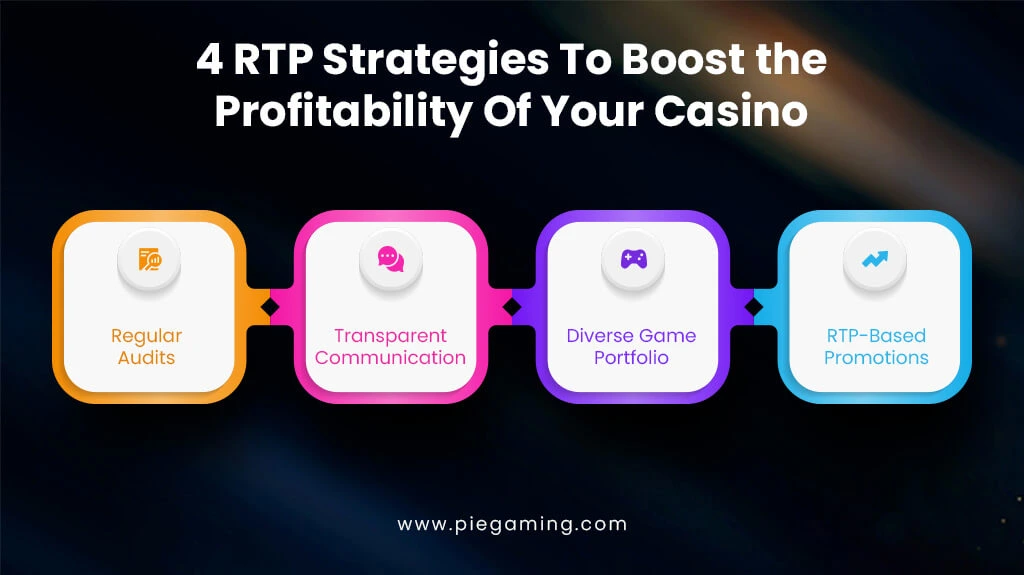
Don’t let your competition outshine you. Learn how to maximize your casino’s edge and stay ahead of the curve.
-
Regular Audits
Conduct frequent, detailed audits of your casino’s RTP (Return to player) percentages across all the games.
Compare actual returns with theoretical ones and adjust game settings if necessary.
Don’t forget to audit your RNG in online casino systems to ensure fair play and regulatory compliance.
Constant monitoring helps ensure your casinos maintain fair play and optimal profitability, keeping operations running smoothly.
-
Transparent Communication
Be open about your casino RTP rates by clearly stating them on your website and in-game.
Explain what Return to player means in simpler terms and promptly address players’ questions about it.
This approach builds trust and attracts savvy players, setting you apart from less transparent competitors.
-
Diverse Game Portfolio
Offer a mix of high and low RTP casino games to cater to diverse player preferences.
High RTP games attract volume players, while low RTP games boost profits.
Try including popular game types with varying volatility to keep your profitability balanced.
A diverse selection of games keeps the players engaged, benefiting your bottom line.
-
RTP-Based Promotions
Design top online casino bonuses and promotions around high RTP casino games to drive traffic.
Balance these promotions with your overall profitability goals.
Smart Return to player-based marketing can boost player retention and acquisition for your casino.
Casino operators can choose between an API casino bonus engine or an all-inclusive casino platform to offer standard bonuses to their players
How Does PieGaming Work Around RTP for Maximum Profitability?
PieGaming’s smart approach to RTP can really help online casinos boost their profit. They’ve built a massive game library with a mix of low to high RTP rates.
This variety keeps things exciting- some games pay out often, while others offer bigger wins but less frequently.
It’s all about giving the players a wide array of game choices and keeping the excitement going.
PieGaming also offers clever risk management tools and a powerful bonus system. This combo helps casinos make the most out of their games while keeping things fair for everyone.
It doesn’t just focus on numbers. But it understands that keeping players happy is important. That’s why they help operators suggest games to players based on what they like and offer cool, personalized bonuses.
In the end, it’s about finding that sweet spot. PieGaming helps operators turn a profit by prioritizing features that add value to the player experience.
It’s all about striking that perfect balance between making money and keeping players coming back for more fun.
Bottom Line….
Return to player isn’t just a metric. It’s a powerful tool that can empower your casino platform to garner profits and farm userbase.
By embracing casino RTP as a cornerstone of their strategy, iGaming platforms can build trust, foster loyalty, and adapt to changing player expectations.
In the end, those who master the art of RTP management won’t just survive- they’ll grow in the ever-evolving iGaming industry.
FAQs
-
What is RTP in a casino?
Return to player is the percentage of total wagers a casino game returns to a player over time. It indicates potential payouts and player winnings.
-
How do you calculate RTP in a game?
To calculate RTP, divide the total amount won by players by the total amount wagered then multiply by 100 to express it as a percentage.
-
What does RTP mean in slots?
Return to player in slots means a statistical measure indicating how much of the total bets a slot machine will return to the player as winnings.
-
Do online slots have different RTPs compared to physical slot machines?
Yes, online slots have higher RTPs than physical slot machines. Better payouts to players are allowed because of the lower operational costs and overhead.

Palak Madan is a enthusiastic writer at PieGaming. With over 2+years of experience crafting engaging content and a strong literature background, Palak brings a unique perspective to the world of words. Her ability to blend creativity with strategic thinking has made her a sought-after content creator. She's eager to dive deep into the intricacies of iGaming software, uncovering the stories behind the technology and translating complex features into compelling narratives.
-
 Monika Gola July 2, 2025
Monika Gola July 2, 2025Thinking of starting an online casino? Knowingly or unknowingly, you might end up making mistakes. Read here to avoid making these mistakes.
-
 Palak Madan June 4, 2025
Palak Madan June 4, 2025Learn how to start an online casino in Turkey in 2025. Get easy tips on laws, licenses, payments, and more to run your…
-
 Palak Madan May 21, 2025
Palak Madan May 21, 2025Learn Simple ways to increase your online casino’s GGR and NGR, increase profitability, and achieve stable growth for long-term business success.
-
 Palak Madan May 13, 2025
Palak Madan May 13, 2025Online casino software runs the games, payments, and player systems for betting websites. It helps operators manage their platforms safely, smoothly, and legally…
-
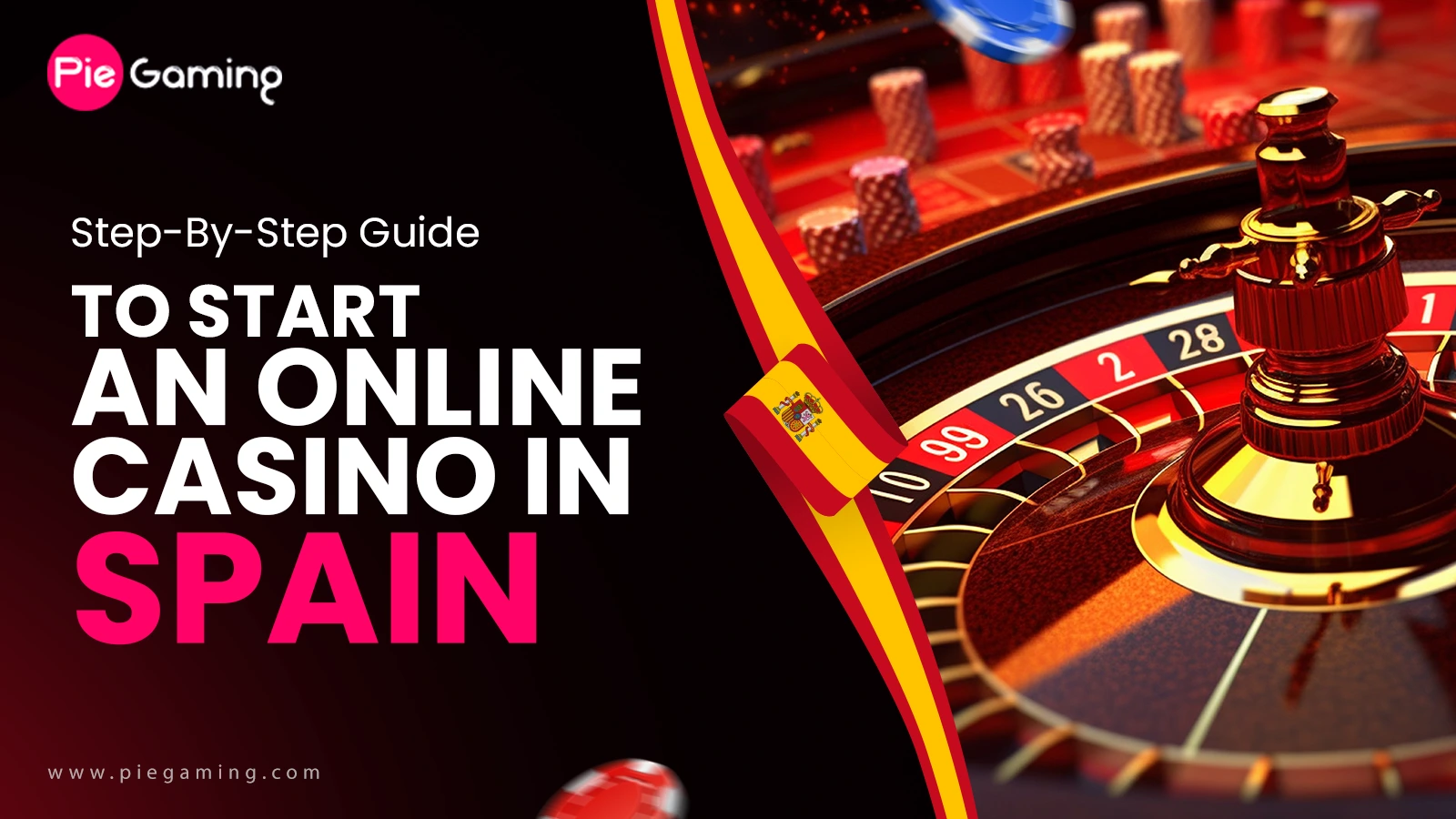 Monika Gola April 15, 2025
Monika Gola April 15, 2025Investors who want to start an online casino in Spain must comply with the rules and regulations imposed by the Spanish authorities. Let’s…
-
 Palak Madan April 3, 2025
Palak Madan April 3, 2025Turkey strictly controls iGaming, allowing only government-approved betting. Offshore casinos face bans and fines. In 2025, strict laws and enforcement continue, making compliance…
-
 Monika Gola March 25, 2025
Monika Gola March 25, 2025The European online casino market size reached USD 40.5 billion in 2024. Moving ahead, IMARC Group predicts the market to reach USD 73.1…
-
 Monika Gola March 18, 2025
Monika Gola March 18, 2025Want an answer to “Where is online casino legal in 2025”? Here you’ll learn about the countries where online casinos are legal, regulated,…
-
 Monika Gola March 3, 2025
Monika Gola March 3, 2025In this write-up, we have provided expert guidance about top-notch casino game development companies that will help operators choose the right company to…
-
 Monika Gola February 12, 2025
Monika Gola February 12, 2025This comprehensive guide is about how to start a crypto casino in 2025. From definitions to benefits and steps, get answers to all…
-
 Monika Gola February 4, 2025
Monika Gola February 4, 2025Welcome to a detailed guide about top live dealer casino software providers in 2025. This write-up explains every vertical from casino platforms to…
-
 Palak Madan January 24, 2025
Palak Madan January 24, 2025A casino game aggregator collects games from multiple developers and offers them in a single unit to an online casino. It enables online…
-
 Monika Gola January 22, 2025
Monika Gola January 22, 2025This write-up lists down the top 10 Turnkey Casino Software Providers in 2025. Read along to find the best provider for your iGaming…
-
 Monika Gola January 10, 2025
Monika Gola January 10, 2025In this guide, you will explore leading Bitcoin casino software providers, their features, advantages, and how to choose one. Stay tuned till the…
-
 Monika Gola December 20, 2024
Monika Gola December 20, 2024This write-up talks about the best online casinos supporting GCash in the Philippines—also, the gaming variety, bonuses, and customer support they provide. The…
-
 Palak Madan December 18, 2024
Palak Madan December 18, 2024Social casinos are changing the gaming world by mixing social fun with casino games. They focus on player interaction, virtual rewards, and the…
-
 Palak Madan December 13, 2024
Palak Madan December 13, 2024A casino game aggregator is a great choice for operators because it streamlines game management, offers diverse content from multiple providers, enhances player…
-
 Monika Gola December 11, 2024
Monika Gola December 11, 2024This detailed guide will walk you through the nitty-gritty of Bitcoin casino, how it works, its specifications, and a lot more. Bitcoin is…
-
 Monika Gola December 4, 2024
Monika Gola December 4, 2024Welcome to our handy slot guide! Take a look at the different types of online slot games and their features. Give your players…
-
 Palak Madan December 2, 2024
Palak Madan December 2, 2024Online casino KPIs are essential metrics that measure performance, player behavior, and revenue. This blog explains what KPIs are, and how to analyze…
-
 Palak Madan November 25, 2024
Palak Madan November 25, 2024The blog lists the top 12 casino software providers, focusing on their games, technology, and reputation. It helps casino operators pick the best…
-
 Palak Madan October 16, 2024
Palak Madan October 16, 2024What makes casino affiliate programs a crucial growth strategy for your online casino business? Learn how to build and manage them to maximise…
-
 Nikita Ajmani August 29, 2024
Nikita Ajmani August 29, 2024Explore how a casino back office system enhances profits through effective management, data analysis, and operational efficiency, driving success in the gaming industry….
-
 Monika Gola August 23, 2024
Monika Gola August 23, 2024Want to start live casino business in the Philippines? Find out which is the best live casino software provider in Philippines in this blog. Click here to read.
-
 Nikita Ajmani August 21, 2024
Nikita Ajmani August 21, 2024Create an atmosphere of a live casino in the virtual world seamlessly with the evolving technology in the current world. Just like leading…
-
 Palak Madan August 16, 2024
Palak Madan August 16, 2024Want to start an online casino in Latin America? This guide breaks down iGaming in Latam, covering everything from laws to what players…
-
 Simranjeet Kaur August 14, 2024
Simranjeet Kaur August 14, 2024Online casino bonuses are taking the iGaming industry by storm, and operators who ignore them do so at their peril! If you’re a…
-
 Simranjeet Kaur August 8, 2024
Simranjeet Kaur August 8, 2024As a casino operator, you might have wondered several times, if the games that you’re featuring are engaging enough in the current scenario….
-
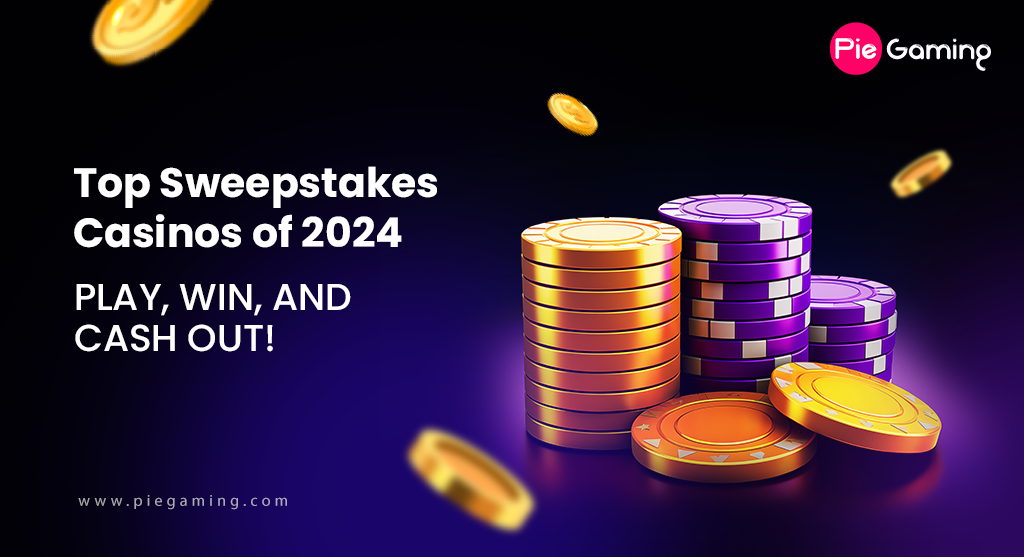 Simranjeet Kaur August 6, 2024
Simranjeet Kaur August 6, 2024Do you think that iGaming is just about traditional online casinos? Well, think again. 2025 sees sweepstakes casino taking center stage, adding a…
-
 Nikita Ajmani August 2, 2024
Nikita Ajmani August 2, 2024iGaming in Brazil is one of the hottest discussions in the iGaming town right now! What has changed in Brazil’s betting dynamics? How…
-
 Palak Madan July 26, 2024
Palak Madan July 26, 2024Dive into the world of iGaming incentives. Explore definitions and types of top online casino bonuses and promotions. Learn about the best practices…
-
 Monika Gola July 23, 2024
Monika Gola July 23, 2024Discover the top advantages of turnkey online casino software to start your online casino business in a jiffy. It is a popular and scalable software.
-
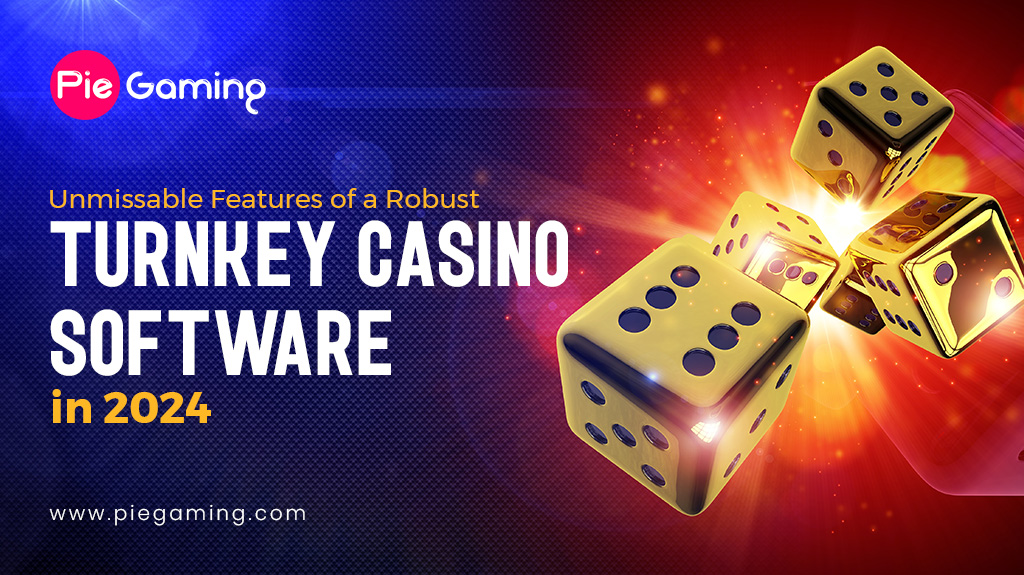 Nikita Ajmani July 18, 2024
Nikita Ajmani July 18, 2024In the current high-risk world of iGaming, innovation has become the key to success. It is the foundation of any thriving online casino…
-
 Nikita Ajmani July 8, 2024
Nikita Ajmani July 8, 2024Randomness is the foundation of iGaming. It is a cornerstone of the game’s outcome. In a traditional land-based casino, iGaming is sheer luck….
-
 Simranjeet Kaur July 2, 2024
Simranjeet Kaur July 2, 2024When it comes to the fiercely competitive world of online gambling, choosing the right white label casino software means the difference between jackpot…
-
 Palak Madan June 27, 2024
Palak Madan June 27, 2024The future of casino game aggregators hinges on innovation and adaptability. As iGaming evolves, it must adapt technology, meet market demands, and overcome…
-
 Nikita Ajmani June 25, 2024
Nikita Ajmani June 25, 2024In this faster-than-ever-evolving world of online gambling, only innovative solutions and strategic partnerships can help operators stay ahead of the game. We are…
-
 Simranjeet Kaur June 14, 2024
Simranjeet Kaur June 14, 2024Turnkey casino software solutions – an all-in-one jackpot primed to propel your online casino dreams into a profit-pulling reality! With just a few…
-
 Monika Gola June 4, 2024
Monika Gola June 4, 2024Turnkey online casino offers a fast, cost-effective way to launch your iGaming business. Learn about how this all-in-one solution is driving the online…
-
 Simranjeet Kaur May 21, 2024
Simranjeet Kaur May 21, 2024Explore the key differences between white-label and turnkey solutions for building an online casino. Also, learn how to pick the right one for your business.
-
 Nikita Ajmani May 2, 2024
Nikita Ajmani May 2, 2024This blog offers the best strategies to promote online Casino in 2025 and stay ahead. We have covered simple, effective techniques to attract new players.
-
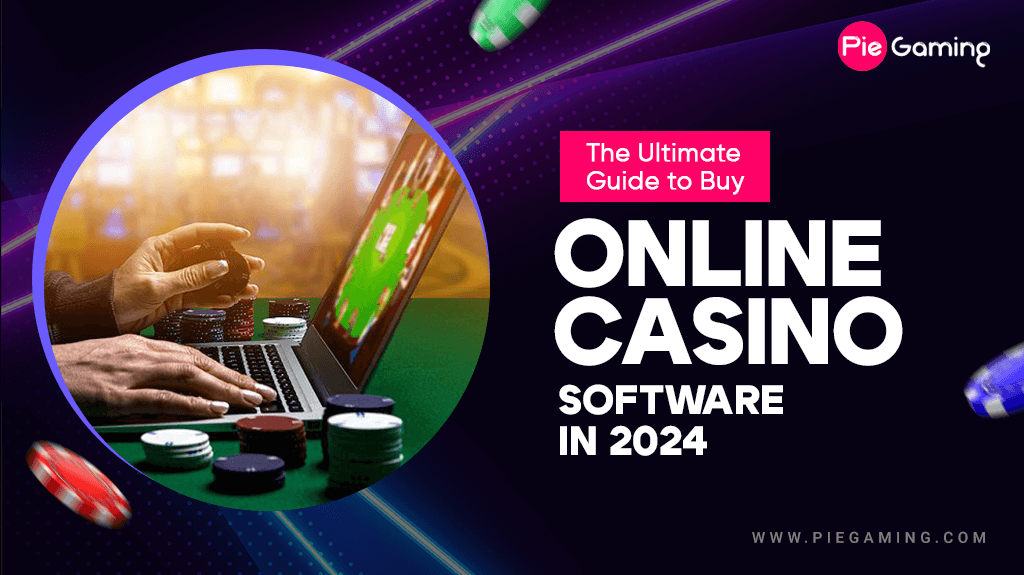 Nikita Ajmani April 10, 2024
Nikita Ajmani April 10, 2024Planning to buy online casino software in 2025. Go through this insightful guide on how to buy online casinos, curated by our team of experts especially for you.
-
 PieGaming Staff January 5, 2024
PieGaming Staff January 5, 2024You need planning, funds, a casino software provider, and compliance with laws to open an online casino. Learn how to open an online casino in Mexico.
-
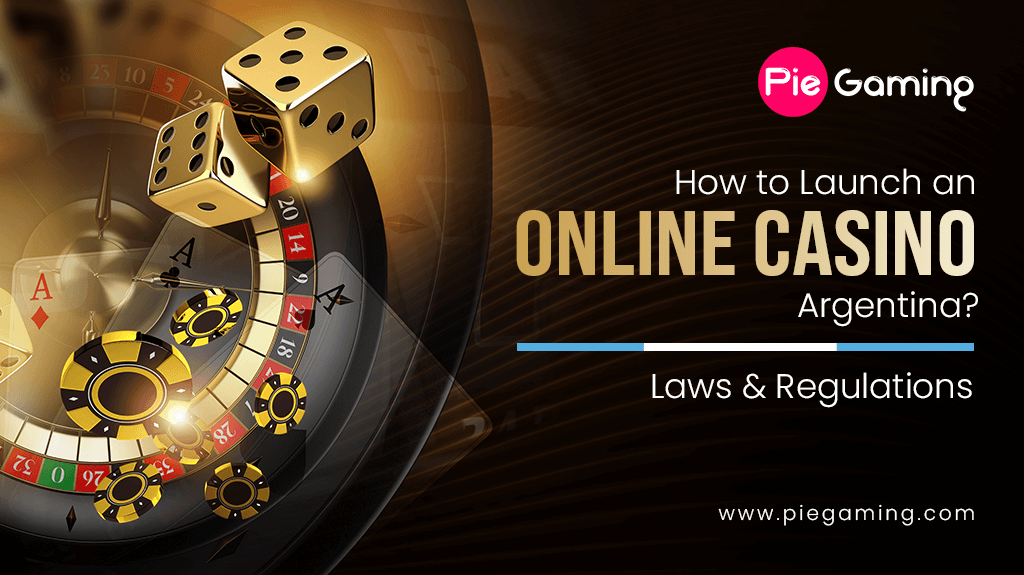 PieGaming Staff December 29, 2023
PieGaming Staff December 29, 2023The biggest players in the market consider Argentina to be one of the most yielding markets in the future of Latin American online…
-
 Palak Madan December 13, 2023
Palak Madan December 13, 2023Want to start an online casino and take your land-based venue digital? This quick guide covers tech setup, licensing, and more to help you launch in 2025.
-
 Palak Madan December 12, 2023
Palak Madan December 12, 2023This guide covers essential factors like licensing, game integration, payments, and customization to help operators choose the best casino platform for long-term growth….
-
 PieGaming Staff December 9, 2023
PieGaming Staff December 9, 2023Do you feel it is the right time for you to start an online mini-casino business? In that case, you should have a…
-
 Palak Madan December 8, 2023
Palak Madan December 8, 2023To start an online casino in 2025, research regulations, choose a platform, secure licenses, and market your brand to attract players. Read this…
-
 PieGaming Staff November 29, 2023
PieGaming Staff November 29, 2023Have you been thinking of starting your own online casino for quite a long time but haven’t been able to pick one? Establishing…
-
 Palak Madan November 27, 2023
Palak Madan November 27, 2023The Crash X online casino game is gaining global attention for its thrilling gameplay, high multipliers, and innovative features, making it the next…
-
 PieGaming Staff November 20, 2023
PieGaming Staff November 20, 2023Online casino is the most popular choice among global players participating in iGaming. Its huge popularity ensures online casino operators offer high-quality betting…
-
 Piegaming Admin November 14, 2023
Piegaming Admin November 14, 2023The casino gaming industry is a hugе and еvеr-changing part of thе еntеrtainmеnt markеt. It has a rich history and has еvolvеd significantly,…
-
 Piegaming Admin November 8, 2023
Piegaming Admin November 8, 2023The iGaming industry is continuously developing new ways to keep players engaged. Casino crash game is one such exciting online game. It has…
-
 PieGaming Staff November 3, 2023
PieGaming Staff November 3, 2023Online Casino games have taken over the world in the gaming industry in recent times. If you are willing to establish a business…
Voila!
See you in your inbox soon!

Stay ahead of the game. Subscribe for exclusive content, updates, and insiders!
We use cookies to enhance and personalize your browsing experience. By continuing to use our website, you agree to our Privacy Policy.


